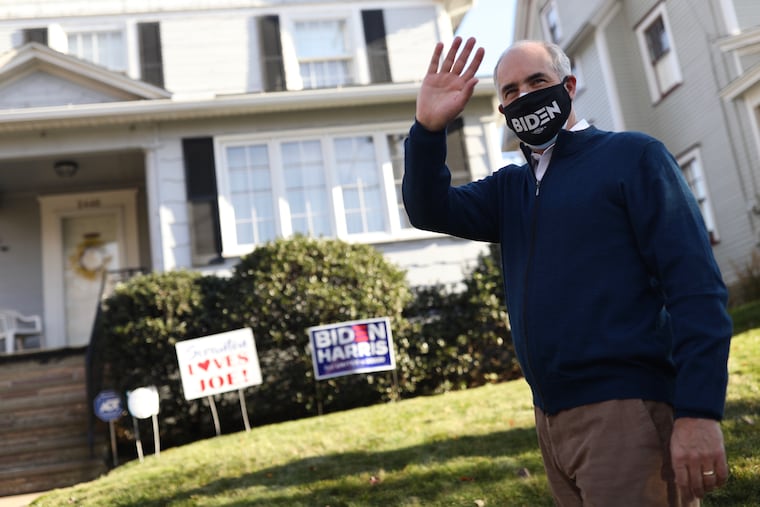Bob Casey wants Biden and Democrats to swing for the fences: ‘Go big or go home’
The senator, once positioned as a careful moderate, wants Democrats to push hard in the early days of President Joe Biden’s administration, arguing that crises require significant action.
